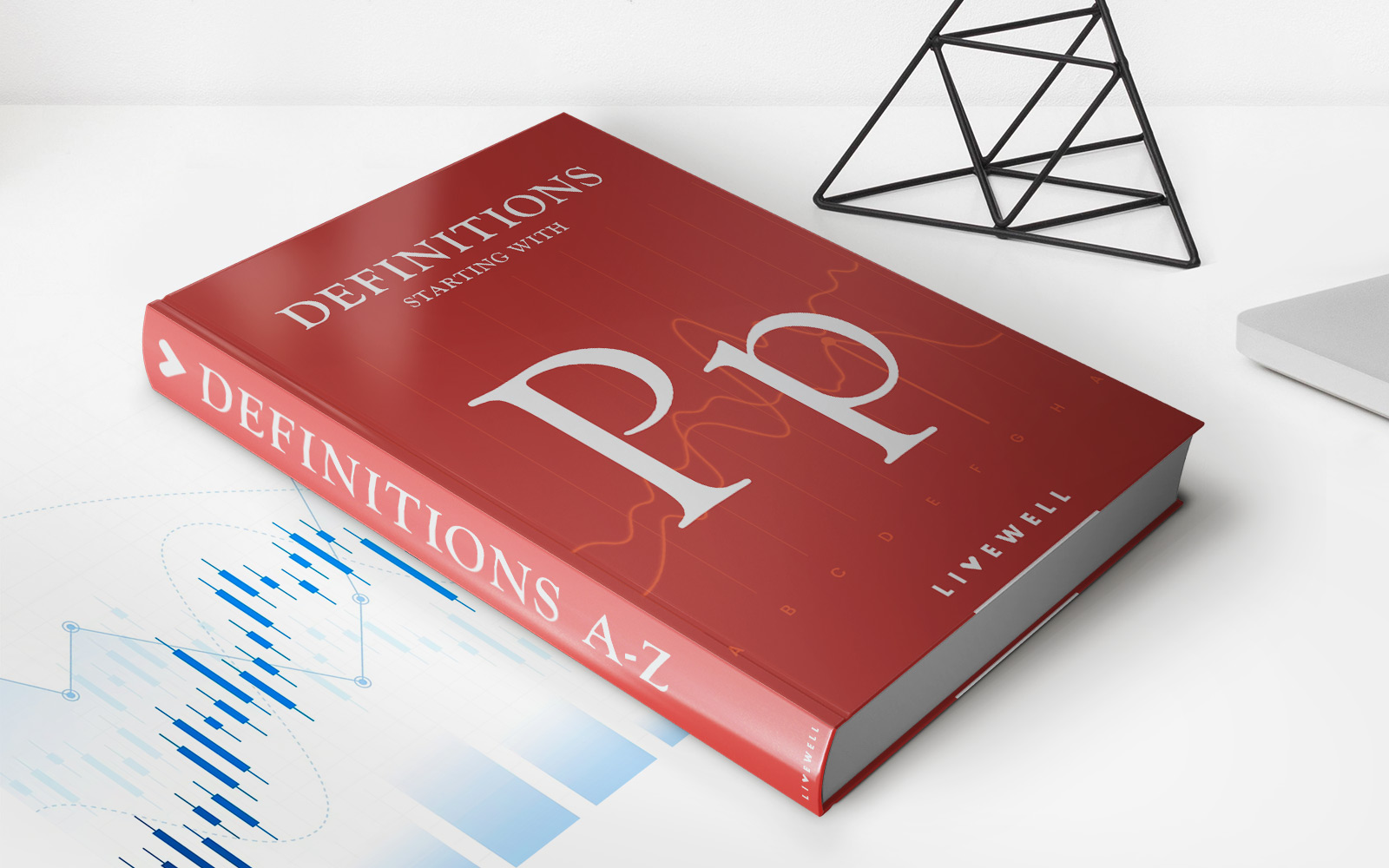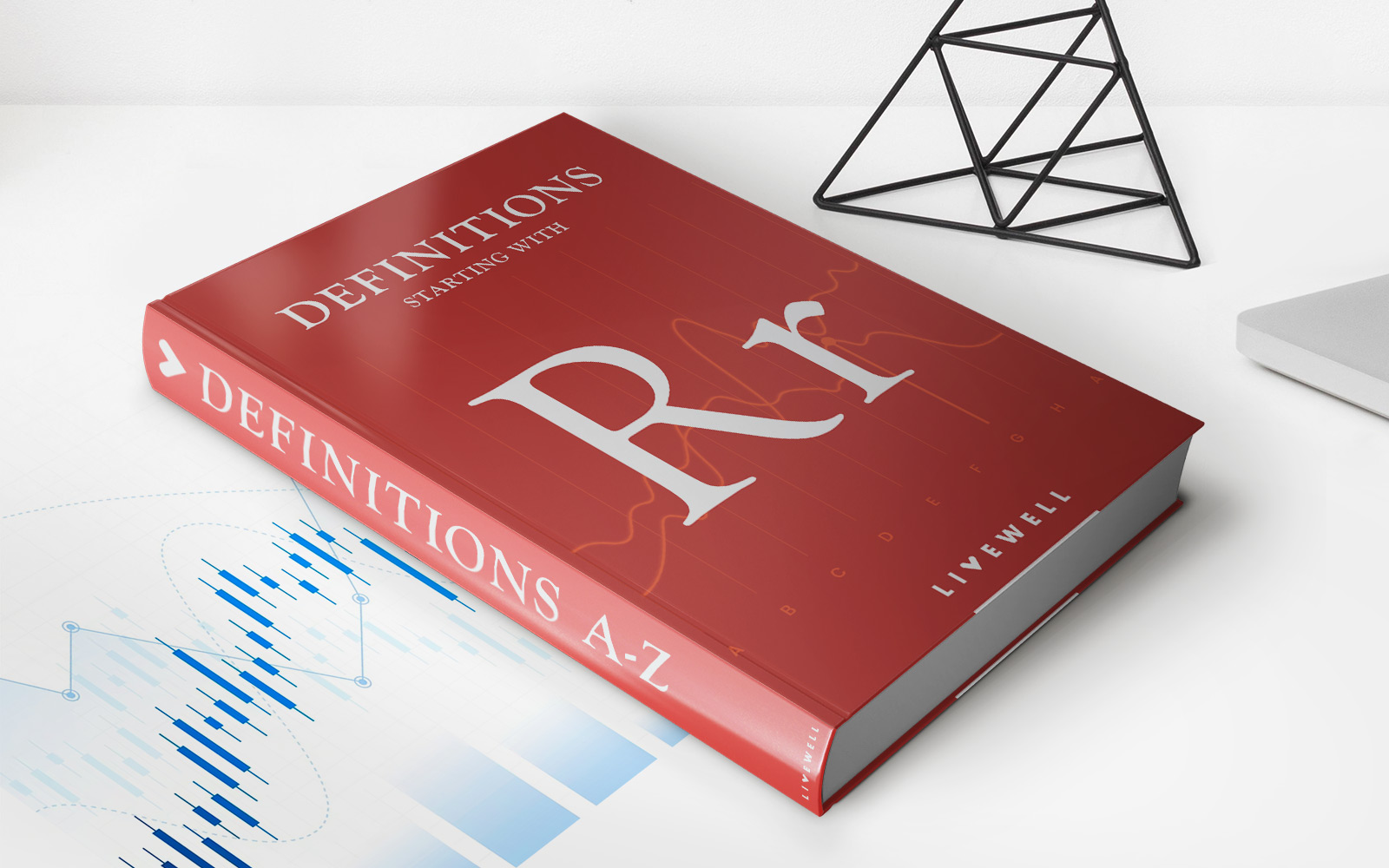

Finance
What Is Preferred Return In Private Equity
Published: January 22, 2024
Learn about preferred return in private equity and its significance in finance. Understand how it impacts investment returns and fund distributions.
(Many of the links in this article redirect to a specific reviewed product. Your purchase of these products through affiliate links helps to generate commission for LiveWell, at no extra cost. Learn more)
Table of Contents
- Understanding Preferred Return in Private Equity
- Exploring the Essence of Preferred Return
- Unveiling the Mechanisms of Preferred Return
- Unraveling the Formulas for Determining Preferred Return
- Aligning Interests and Mitigating Risk: The Significance of Preferred Return
- Illustrating Preferred Return in Real-World Scenarios
- Navigating the Dynamics of Preferred Return in Private Equity
Introduction
Understanding Preferred Return in Private Equity
In the realm of private equity investments, the concept of preferred return holds significant importance for both investors and fund managers. This fundamental element determines the distribution of profits and aligns the interests of all parties involved in the investment partnership. Preferred return, often referred to as "pref," establishes a priority distribution of profits to the limited partners before the general partners can partake in the profits. Understanding the nuances of preferred return is crucial for anyone involved in private equity investments, as it directly impacts the allocation of returns and the overall success of the investment endeavor.
Preferred return represents a form of compensation to limited partners for their investment contributions, ensuring that they receive a certain level of profits before the general partners can partake in the distribution. This mechanism serves to mitigate the risk for limited partners, providing them with a sense of security and incentivizing their participation in the investment fund. By delving into the intricacies of preferred return, investors can gain a comprehensive understanding of how this concept shapes the dynamics of private equity investments and influences the decision-making processes within investment partnerships.
Understanding Preferred Return
Exploring the Essence of Preferred Return
Preferred return, also known as "preferred dividend" or "hurdle rate," embodies a critical component of private equity investments. It represents the minimum rate of return that limited partners must receive before the general partners can partake in the profits. This distinctive feature serves to safeguard the interests of limited partners, ensuring that they are entitled to a predetermined share of the profits, typically expressed as a percentage of their initial investment. The concept of preferred return is rooted in the principle of fairness and risk mitigation, providing limited partners with a level of security and incentivizing their participation in the investment partnership.
At its core, preferred return acts as a safeguard against potential losses, offering limited partners a degree of protection in the event of underperformance or unfavorable market conditions. By establishing a predefined threshold for profit distribution, preferred return aligns the interests of limited and general partners, fostering a harmonious and equitable investment environment. This mechanism underscores the commitment to prioritize the limited partners’ financial well-being, thereby enhancing the overall appeal of the investment opportunity and attracting potential investors.
Moreover, preferred return plays a pivotal role in shaping the risk-reward dynamics within private equity investments. It reflects the inherent risk tolerance of the limited partners and reinforces the notion of shared risk and reward among all stakeholders. By comprehending the essence of preferred return, investors can grasp the underlying principles that govern profit allocation in private equity, empowering them to make informed decisions and navigate the intricacies of investment partnerships with confidence.
How Preferred Return Works
Unveiling the Mechanisms of Preferred Return
Preferred return operates as a safeguard that prioritizes the limited partners’ financial interests by ensuring they receive a predetermined share of profits before the general partners can partake in the distribution. To comprehend how preferred return works, it is essential to delve into the mechanics of profit allocation within private equity investments. When the investment fund generates profits, the initial step involves allocating the preferred return to the limited partners based on the agreed-upon percentage of their capital contributions.
Subsequently, any remaining profits are then distributed between the limited and general partners based on the profit-sharing arrangement outlined in the partnership agreement. In scenarios where the fund underperforms and fails to generate adequate profits to cover the preferred return, the shortfall is carried forward to subsequent periods, effectively accumulating as "unpaid" preferred return. This mechanism underscores the commitment to prioritize the limited partners’ financial well-being, thereby enhancing the overall appeal of the investment opportunity and attracting potential investors.
Furthermore, the workings of preferred return extend beyond the mere allocation of profits, as it influences the decision-making processes and investment strategies employed by fund managers. The presence of preferred return incentivizes fund managers to pursue strategies aimed at achieving consistent and robust returns, as failing to meet the preferred return threshold can impede their ability to partake in the profit distribution. This dynamic fosters a sense of accountability and prudence among fund managers, aligning their interests with those of the limited partners and promoting a diligent approach to investment management.
By comprehending the operational mechanisms of preferred return, investors can gain valuable insights into the dynamics of profit allocation and the consequential impact on the investment partnership’s performance. This understanding empowers investors to evaluate the potential risks and rewards associated with private equity investments, enabling them to make informed decisions and navigate the intricacies of preferred return with confidence.
Calculating Preferred Return
Unraveling the Formulas for Determining Preferred Return
The calculation of preferred return involves employing specific formulas to ascertain the amount of profits allocated to limited partners before general partners can partake in the distribution. The preferred return is typically expressed as a percentage of the limited partners’ initial capital contributions and serves as a pivotal determinant in profit allocation within private equity investments. Understanding the calculation methodology is essential for investors and fund managers to gain clarity on the distribution of profits and ensure adherence to the agreed-upon terms outlined in the partnership agreement.
The formula for computing preferred return is relatively straightforward, involving the multiplication of the preferred return rate by the limited partners’ capital contributions. For instance, if the preferred return rate is set at 8% and a limited partner has contributed $1,000,000 to the investment fund, the preferred return amount would be calculated as follows: $1,000,000 x 8% = $80,000. This signifies that the limited partner is entitled to receive $80,000 as the preferred return before the general partners can partake in the profit distribution.
Furthermore, the calculation of unpaid preferred return necessitates a meticulous approach to account for any shortfalls in profit distribution. In cases where the fund underperforms and fails to generate adequate profits to cover the preferred return, the shortfall accumulates as unpaid preferred return, which is carried forward to subsequent periods. This cumulative approach ensures that the limited partners’ entitlement to the preferred return is diligently tracked, thereby safeguarding their financial interests and reinforcing the commitment to prioritize their returns.
By comprehending the calculation methodology of preferred return, investors and fund managers can navigate the intricacies of profit allocation with precision and transparency. This understanding empowers stakeholders to uphold the integrity of the preferred return mechanism, fostering trust and alignment of interests within the investment partnership.
Importance of Preferred Return in Private Equity
Aligning Interests and Mitigating Risk: The Significance of Preferred Return
The concept of preferred return holds profound significance within the realm of private equity, serving as a linchpin that aligns the interests of limited and general partners while mitigating risk for the former. By prioritizing the distribution of profits to limited partners before general partners can partake in the returns, preferred return engenders a sense of fairness and security, thereby fostering a conducive investment environment. Understanding the importance of preferred return is paramount for investors and fund managers, as it underpins the foundation of equitable profit allocation and shapes the dynamics of investment partnerships.
One of the primary roles of preferred return lies in mitigating the risk for limited partners, offering them a degree of protection against underperformance and unfavorable market conditions. This mechanism instills confidence among limited partners, incentivizing their participation in the investment fund by providing assurance that their financial interests are safeguarded. Consequently, preferred return enhances the appeal of private equity investments, attracting potential investors and bolstering the overall viability of the investment partnership.
Moreover, preferred return plays a pivotal role in aligning the interests of limited and general partners, fostering a collaborative and harmonious investment environment. By establishing a priority distribution of profits to limited partners, preferred return cultivates a sense of shared risk and reward, thereby promoting a cohesive and mutually beneficial partnership. This alignment of interests is instrumental in fostering trust and transparency within the investment endeavor, laying the groundwork for sustainable and fruitful collaborations.
Furthermore, the presence of preferred return incentivizes fund managers to pursue prudent investment strategies aimed at achieving consistent and robust returns. This dynamic engenders a sense of accountability and diligence among fund managers, as failing to meet the preferred return threshold can impede their ability to partake in the profit distribution. As a result, preferred return elevates the standard of investment management, driving a focus on sustainable growth and value creation within the investment fund.
By comprehending the multifaceted importance of preferred return, investors and fund managers can navigate the intricacies of private equity investments with clarity and purpose. This understanding empowers stakeholders to leverage preferred return as a catalyst for fostering equitable and prosperous investment partnerships, thereby unlocking the full potential of private equity endeavors.
Examples of Preferred Return
Illustrating Preferred Return in Real-World Scenarios
To elucidate the application of preferred return in private equity investments, consider a hypothetical scenario involving an investment partnership between limited and general partners. In this example, the limited partners collectively contribute $10 million to the investment fund, and the partnership agreement stipulates a preferred return rate of 10%. Subsequently, the fund generates profits amounting to $2 million within a specified period.
Based on the preferred return rate of 10%, the total preferred return entitlement for the limited partners would amount to $1 million ($10 million x 10%). Therefore, before the general partners can partake in the profit distribution, the limited partners are entitled to receive $1 million as the preferred return. Any remaining profits after fulfilling the preferred return obligation would then be subject to the profit-sharing arrangement outlined in the partnership agreement, thereby delineating the subsequent distribution between the limited and general partners.
Another illustrative example involves a private equity investment fund with a preferred return mechanism that incorporates a cumulative feature. Assume that the fund fails to generate profits in a particular period, resulting in an inability to fulfill the preferred return entitlement for the limited partners. In such a scenario, the shortfall in the preferred return is carried forward to subsequent periods, accumulating as unpaid preferred return. This cumulative approach ensures that the limited partners’ entitlement to the preferred return is diligently tracked, and any outstanding preferred return obligations are addressed in future profit distributions.
Furthermore, consider a real-world case where a private equity fund manager strategically structures an investment partnership with an enhanced preferred return feature to attract potential investors. By offering a preferred return rate that surpasses prevailing market standards, the fund manager aims to differentiate the investment opportunity and provide an added incentive for limited partners. This strategic utilization of preferred return exemplifies its significance as a tool for enhancing the appeal and competitiveness of private equity investments in the eyes of potential investors.
These examples underscore the diverse applications and implications of preferred return within private equity investments, showcasing its role in shaping profit allocation, mitigating risk, and fostering equitable and mutually beneficial partnerships between limited and general partners.
Conclusion
Navigating the Dynamics of Preferred Return in Private Equity
As a fundamental component of private equity investments, preferred return embodies a mechanism that transcends mere profit allocation, serving as a cornerstone for fostering fairness, alignment of interests, and risk mitigation within investment partnerships. The intricate interplay of preferred return delineates a landscape where limited partners are prioritized in profit distribution, thereby engendering a sense of security and incentivizing their participation in the investment fund. By comprehending the nuances of preferred return, investors and fund managers can navigate the complexities of private equity investments with acumen and purpose, leveraging this concept to forge equitable and prosperous partnerships.
The essence of preferred return lies in its ability to mitigate risk for limited partners, offering them a safeguard against underperformance and unfavorable market conditions. This risk-mitigating feature instills confidence among limited partners, fortifying the appeal of private equity investments and attracting potential investors seeking security and fair treatment. Moreover, preferred return plays a pivotal role in aligning the interests of limited and general partners, fostering a collaborative and harmonious investment environment where shared risk and reward form the bedrock of sustainable partnerships.
Furthermore, the presence of preferred return incentivizes prudent investment strategies and diligent management practices, as fund managers are driven to achieve consistent and robust returns to fulfill the preferred return obligations. This dynamic elevates the standard of investment management, reinforcing a commitment to sustainable growth and value creation within the investment fund. By embracing the multifaceted importance of preferred return, stakeholders can harness its potential to cultivate trust, transparency, and prosperity within private equity endeavors.
In essence, preferred return transcends its numerical implications, embodying a commitment to fairness, risk mitigation, and alignment of interests within private equity investments. By unraveling the mechanisms and implications of preferred return, investors and fund managers can navigate the intricacies of profit allocation with clarity and purpose, thereby unlocking the full potential of private equity partnerships. Embracing the multifaceted significance of preferred return paves the way for sustainable and mutually beneficial collaborations, underpinning the ethos of equity and prosperity within the realm of private equity investments.














